orson whitfield
Well-known member
[quote author="Zee1usa"] (do i need to jumper pin 1&3?)
[/quote] I believe so, Zee.
[/quote] I believe so, Zee.
Pin 1 is wired to ground permanently(0V).I have gotten to step 1 , but I get no increase or decrease
when I adjust the input control. I have the 250hz/.245 V AC
on input pin 2 and 1 (do i need to jumper pin 1&3?)
As far as I know I got my pots and XLR's wired correct.
Yeah, that is the one related to the grounding scheme. Just for kicks, put the thick wire you added around the PCB and the IEC ground wire to the single grounding point at the chassis; nothing else. All the other grounds should just go to their respective points on the PCB.Hum, well its still there. it's low frequency and low volume, but you know me, i want perfection. It gets the loudest when the ouput pot is turned all teh way down ( full CCW) The hum gets the softest when the output pot is turned to around 12 o'clock
Based on your gain readings, you don't have this mod(Chef mod=1:1); you have the 1:2 mod(better in my opinion because it's closer to the original specs). That is unless you changed something since we made all those gain measurements.I have short jumper wire under the pcb ( for the Chef mod.)
:green: Well, it's probably not a big concern, but the best way to run from, say, the PCB to the input potentiometer would be to use a cable with 3 conductors plus a sheild; the sheild would then be connected to the same pad on the PCB as the potentiometer's ground wire, while at the other end of the cable the sheild would not be connected to anything.deanp920 wrote:
Are you floating the sheild at one end on your pot runs?
Oh, there you go speaking Japanese againNo, I am not a police officer busting drug rings and if I was I wouldn't make my police badge obvious by floating it around for people to see! Ok, now tell me what you asked me means.
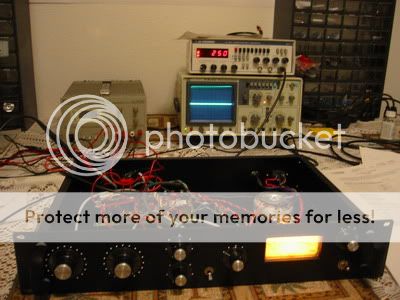
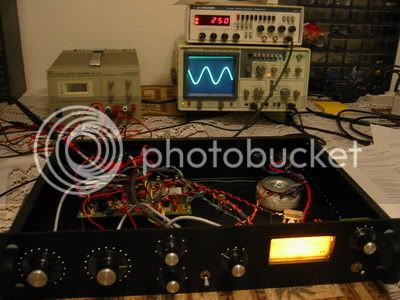
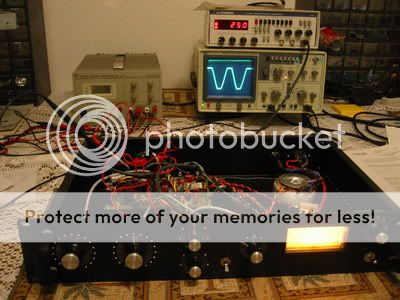
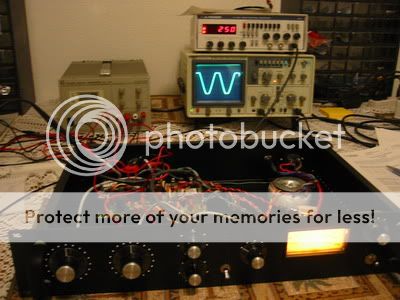
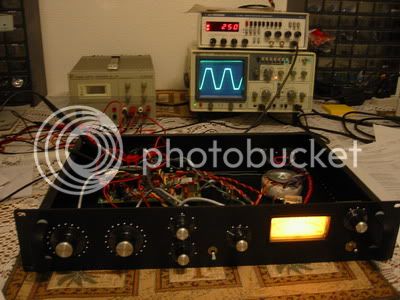
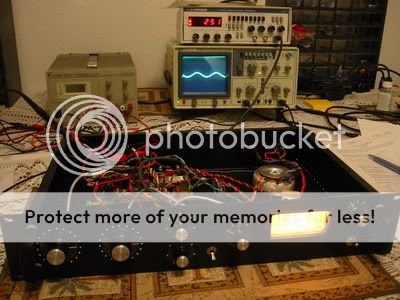
Well, it is hard to say; I have my star point set at the mounting screw for the input XLR. This is the spot called for by Jakob. Make damn sure you clean this spot to bright metal to ensure a SOLID electrical connection. When it comes to grounding, think BEEFY. Think BLACK HOLE for electrons. Make sure the panels comprising the chassis are making solid electrical connection with each other. Play with it to see if you can make an improvement and if you can't go back to what you had originally. Sometimes I'll use a length of heavy, tinned buss wire that I'll solder between various 0V, or ground, locations to try and get some clues about what helps. Don't waste time with clip leads; those will drive you crazy.I have my star ground as one of the bolts that holds the IEC to the chasis. I am wondering if this is a bad thing because the Toroidal transformer is between 2 and 3 inches away from it. Perhaps I should create a new star ground closer to the xlr's which is farther away from the toroidal tranny?
Are you talking about measuring change in AC signal level here?But I am not getting any change at the base of Q2.
I doubt that mistake damaged anything whatsoever.On initial power up FYI I had wire (17) and wire (15) swapped
then I noticed this shortly after and corrected this.
Do you think this could of done damage to Q1 or related transistors?
It might be your particular potentiometer. At any rate, just make sure you've got the wiper going to the right spot and reverse the other two until it works in the right direction. I like to check my pots ahead of time with an ohmmeter to see exactly what changes CW/CCW rotation causes between the wiper and the other contacts; that, along with the schematic and PCB overlay leaves no doubt about how to connect it.One thing I want to ask about the input and output potentiometers.
Mine seem to be backwards, but I did wire pin 1 on the 10k input pot
to pin 1 on the pcb..pin 2..pin 3 respectively.